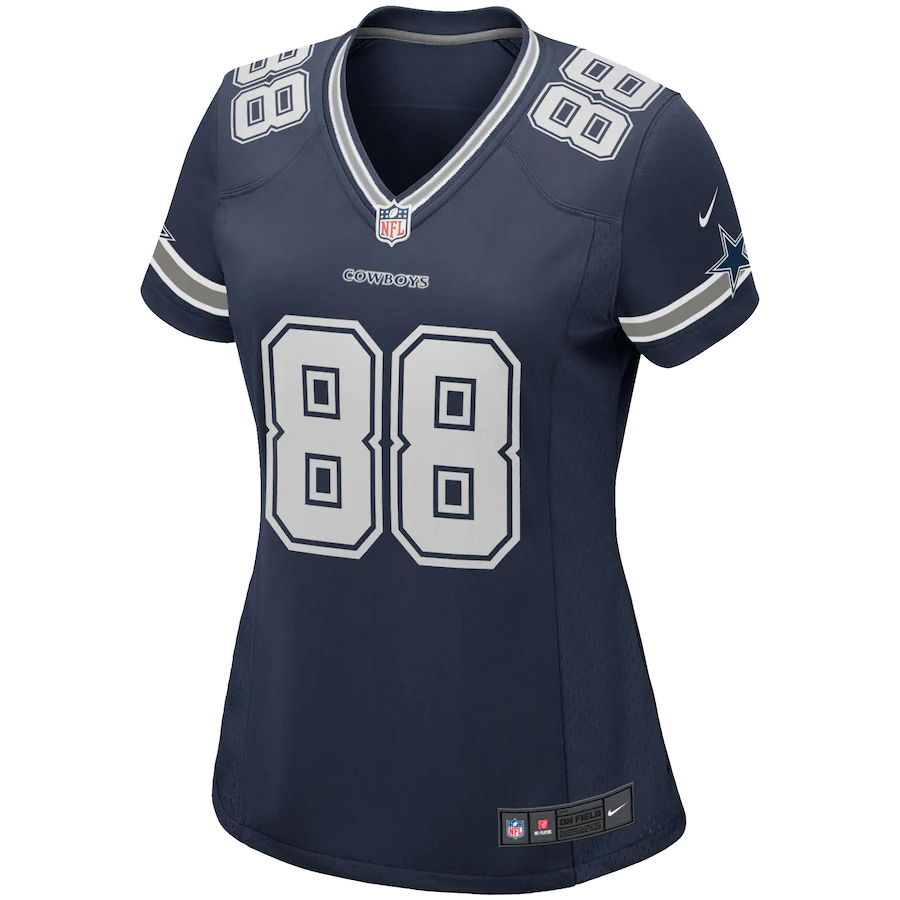YLSK-35/40/45 Universal Spring Forming Machine divided into Cam, Quill, Wire Feeder Spinners, Synchronous operation. Equipped with Taiwan computer control and Japanese servo motors.Get more news about Universal Spring Machine,you can vist our website!
Three pairs of wire feeding rollers provides more accuracy, which is Vertically mounted in YLSK-40, 45 and Horizontally on YLSK-35. The coiling device (Spinner) is mounted on slide, provides clockwise and anticlockwise rotation for Making springs.
The position of each axis, the length of wire, Production speed, production quantity are all displayed on the screen. Online programming and debugging is convenient.
Applications: Various types of Compression springs, Tension spring, Torsion spring, Conical springs, Flat springs and other special shaped spring. Application industries, Automobile, Electrics, Toys, Home appliances, Sports equipment, and many more.
Spring ends are a defining characteristic of springs. Knowing which spring to use for a particular need or job requirement will depend on the spring ends. Some spring ends are hooked or looped, others are closed, and others are open or straight. However, of the many varieties of springs, the market is primarily composed of three kinds. These are compression, torsion, and tension or extension springs. Each of these springs has different ends for different applications.
COMPRESSION SPRING ENDS: Compression springs, also known as the coil spring, are made of steel spring wire and come in a variety of shapes and forms. Compression springs resist forces or store mechanical energy when compressed or in the push mode. Used in automotive,aerospace, manufacturing, medical and technology industries, the force produced by compression springs makes them an excellent component for storing energy. Compression springs are used in everyday items, such as pens, vehicles, shafts, and mobile phones.
Compression springs have two basic end type options, either closed or open. The more familiar is the closed end type of spring. The spaces between the last two coils on a closed-ended spring are squared off and touch each other so the ends sit flat. The ends of open-ended compression springs are not squared off. In order to stay upright, they are placed over rods or shafts.
freeamfva
1242 Blog posts



